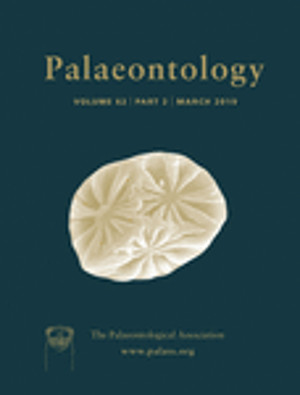Reg. Charity No. 1168330

In Sauropterygia, a diverse group of Mesozoic marine reptiles, fossil evidence of viviparity (live‐bearing) only exists for Pachypleurosauria and Plesiosauria, and was assumed to also be the case for nothosaurs. Previous studies have successfully applied an extant squamate model to sauropterygian life‐history traits. In extant squamates, oviparity and viviparity are associated with differences in life‐history trait combinations. We establish growth curves for Nothosaurus specimens based on their humeral histology. We then analyse life‐history traits derived from these curves and compare inferred traits to those of modern squamates and pachypleurosaurs to assess their reproduction mode. We show that birth to adult size ratios (i.e. birth size divided by the mother's size) provide good estimates of clutch sizes in extant squamates and in viviparous extinct marine reptiles, but these ratios cannot discriminate viviparous and oviparous squamates. Thus, large ratios do not indicate viviparity in fossil taxa to which the extant squamate model is applicable. Applying differences in birth size, age at maturation, and maximum longevity that are observed between extant viviparous and oviparous squamates to our Nothosaurus sample, we identified 7 out of 24 specimens as being potentially viviparous. Conversely, they suggested oviparity for many nothosaurs but also for many pachypleurosaur samples. Under the assumption that the entire clade Pachypleurosauria was viviparous, the majority of nothosaurs would also have been viviparous as they comprised trait combinations similar to those seen in pachypleurosaurs. Overall, this suggests that within nothosaurs and pachypleurosaurs both reproduction modes existed in different taxa.